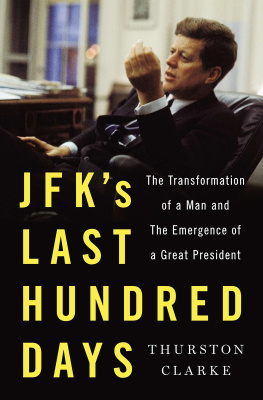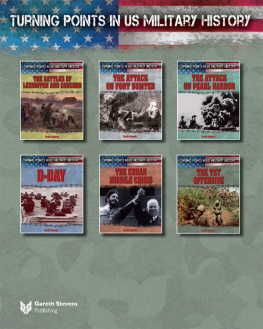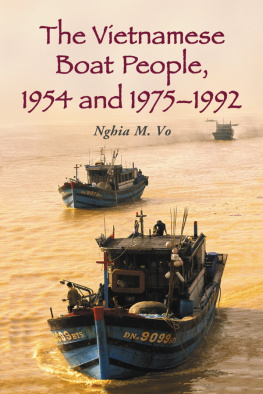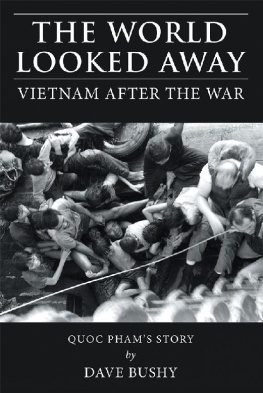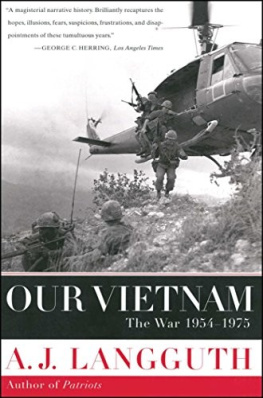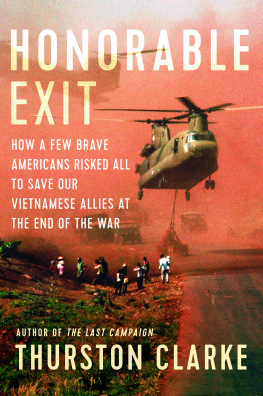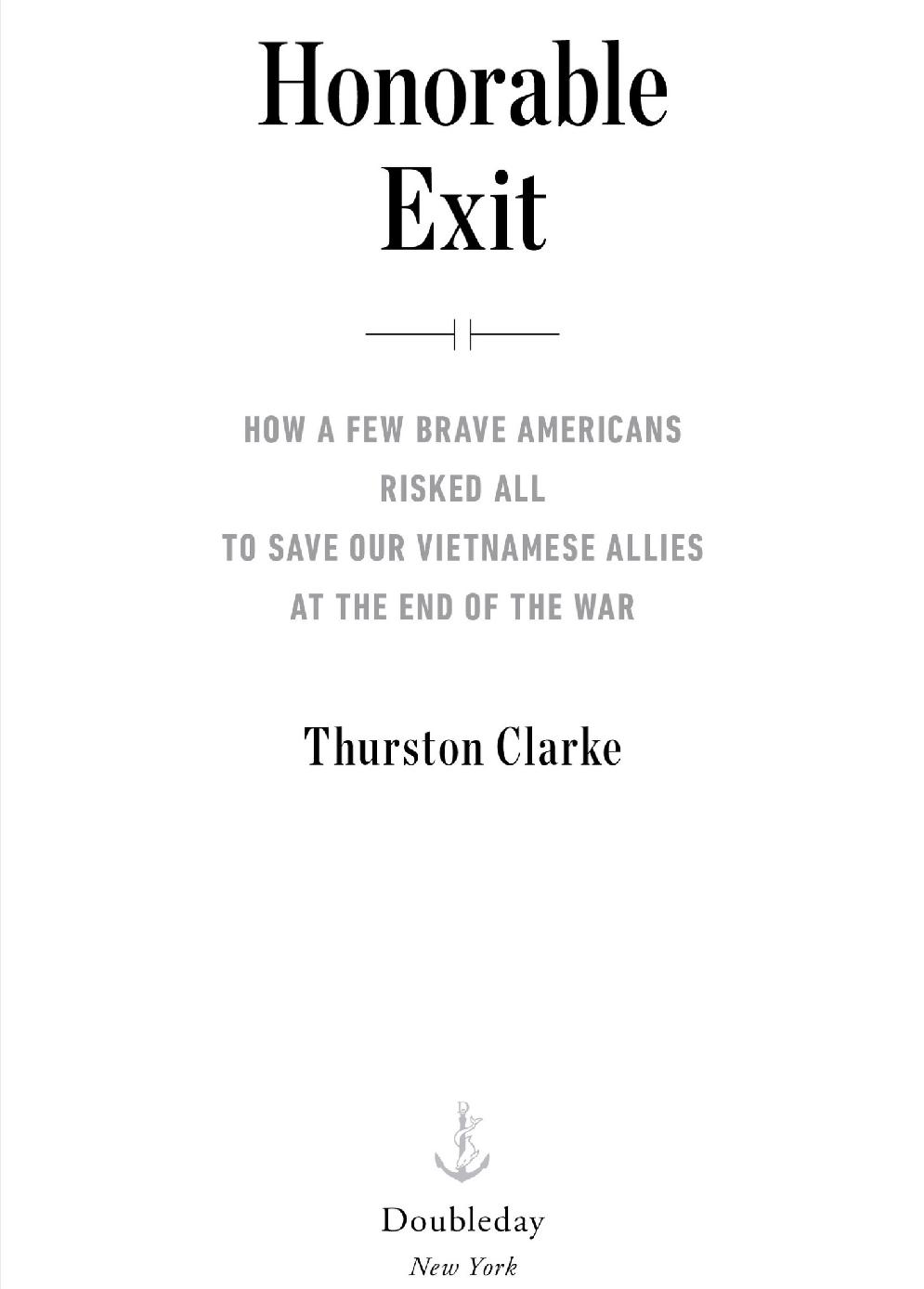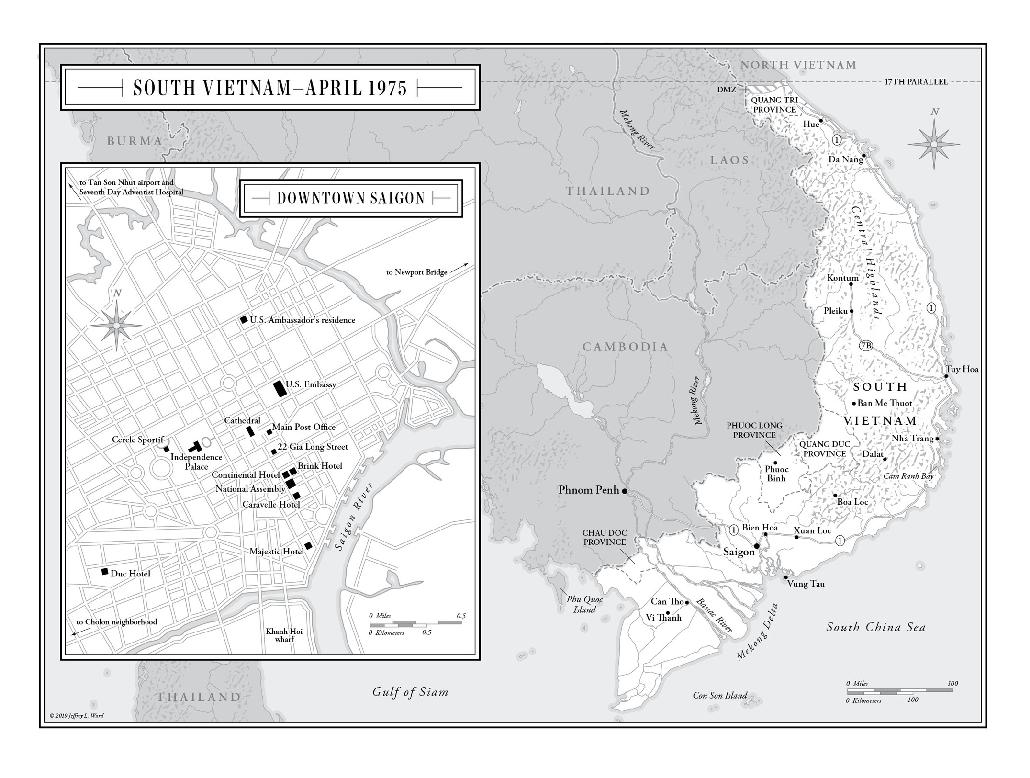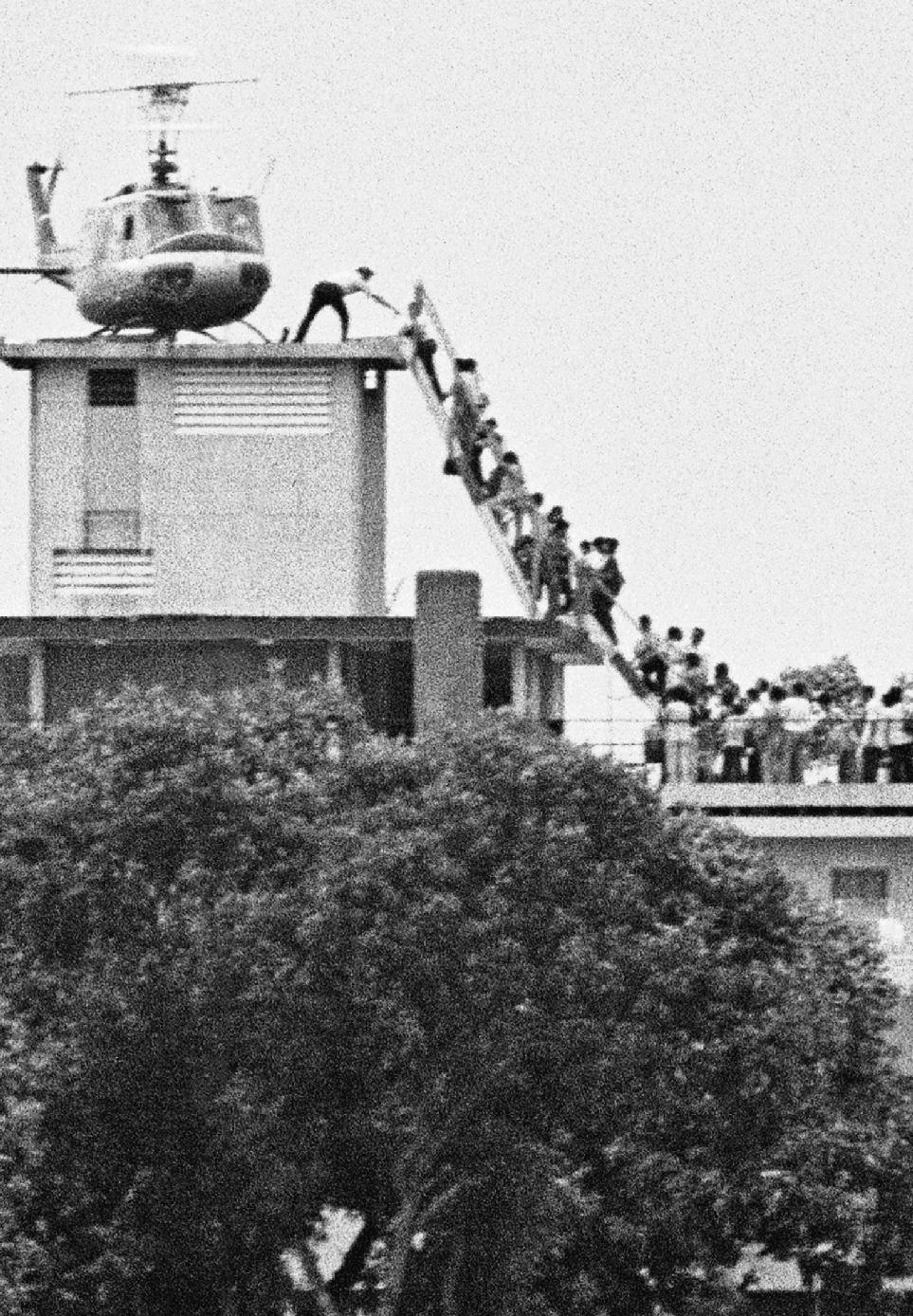Thurston Clarke - Honourable Exit: how a few brave Americans risked all to save their Vietnamese allies at the end of the war
Here you can read online Thurston Clarke - Honourable Exit: how a few brave Americans risked all to save their Vietnamese allies at the end of the war full text of the book (entire story) in english for free. Download pdf and epub, get meaning, cover and reviews about this ebook. year: 2019, publisher: Scribe UK, genre: History. Description of the work, (preface) as well as reviews are available. Best literature library LitArk.com created for fans of good reading and offers a wide selection of genres:
Romance novel
Science fiction
Adventure
Detective
Science
History
Home and family
Prose
Art
Politics
Computer
Non-fiction
Religion
Business
Children
Humor
Choose a favorite category and find really read worthwhile books. Enjoy immersion in the world of imagination, feel the emotions of the characters or learn something new for yourself, make an fascinating discovery.
- Book:Honourable Exit: how a few brave Americans risked all to save their Vietnamese allies at the end of the war
- Author:
- Publisher:Scribe UK
- Genre:
- Year:2019
- Rating:3 / 5
- Favourites:Add to favourites
- Your mark:
Honourable Exit: how a few brave Americans risked all to save their Vietnamese allies at the end of the war: summary, description and annotation
We offer to read an annotation, description, summary or preface (depends on what the author of the book "Honourable Exit: how a few brave Americans risked all to save their Vietnamese allies at the end of the war" wrote himself). If you haven't found the necessary information about the book — write in the comments, we will try to find it.
1973.US participation in the Vietnam War ends. As troops withdraw, President Nixon pledges to assist the South in the event of invasion by the North.
1975.North Vietnam begins a full-scale assault on the South. Congress does nothing. Hundreds of thousands of South Vietnamese face execution or life in concentration camps. An iconic photograph is taken of the Fall of Saigon, depicting desperate Vietnamese people scrambling to board a helicopter evacuating the last of the American soldiers. It is an image of US failure and shame. Or is it?
InHonourable Exit, Clarke revisits the last days of the Vietnam War to uncover the previously untold story of a life-saving mass evacuation. During those final days, a number of Americans diplomats, businessmen, soldiers, missionaries, contractors, and spies risked their lives and disobeyed orders to help their translators, drivers, colleagues, neighbours, friends, and even perfect strangers to escape. By the time the last US helicopter left Vietnam on 30 April 1975, these heroic Americans had helped to spirit over 130,000 South Vietnamese to resettlement in the US and life as American citizens.
Groundbreaking, page-turning, and authoritative,Honourable Exitis a deeply moving history of Americans in one of their little-known finest hours.
Thurston Clarke: author's other books
Who wrote Honourable Exit: how a few brave Americans risked all to save their Vietnamese allies at the end of the war? Find out the surname, the name of the author of the book and a list of all author's works by series.



